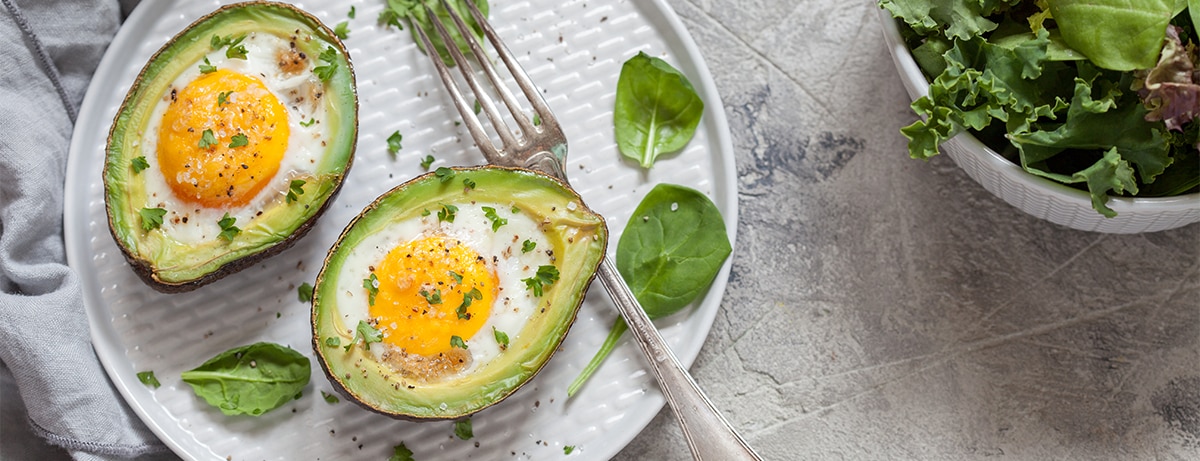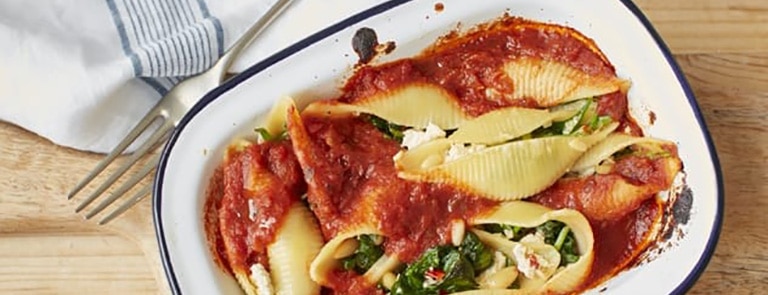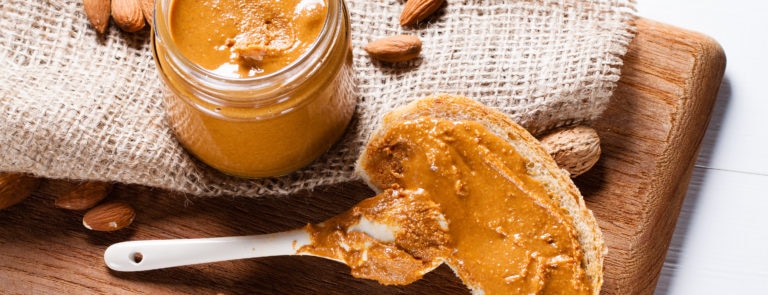10% off £35
Keto diet for beginners

Summary
1Keto diet for beginners
First, let’s take a quick look at the basics of a keto diet and what it involves. In a nutshell, a ketogenic plan aims to push your body into...
2Ketogenic diet plan
Let’s look at a typical ketosis meal plan. Essentially, what you are looking for in a good ketosis meal plan is foods which are high in protein and...
3Keto diet supplements
Most people would advise those trying the keto diet also to take a supplement to make up for some of the vitamins and minerals the body is used to...
The keto diet, sometimes referred to as the ketone diet or ketosis diet, has taken the weight loss world by storm in the last decade or so. But one of the challenges – as with many diets – is coming up with a diet meal plan you can stick to. We’re here to help!
It is worth noting that this article mentions both meat and plant-based options. However, if you are a vegetarian or vegan, there is absolutely nothing to stop you going keto.
Simply refer to our articles, Can I do the keto diet as a vegetarian? and How vegans and vegetarians can do the keto diet on the Health Hub for more information.

Keto diet for beginners
Ketogenic diet plan
Keto breakfast
- Monday: Cheese and mushroom, 3-egg omelette cooked in butter. Option: Add fried bacon.
- Tuesday: Scrambled tofu in olive oil with a low-carb vegetarian sausage.
- Wednesday: Greek yoghurt with flax seeds and chopped almonds.
- Thursday: Whey or soy protein shake with spinach, berries, and cinnamon.
- Friday: Low-carb granola with nuts, seeds, stevia, and flax seed.
- Saturday: Nut butter balls with sugar-free chocolate chips, flaxseed, coconut, almond flour, and cacao powder.
- Sunday: Keto pancakes with almond flour, cream cheese, eggs, lemon zest and butter for frying.
- Eggs (scrambled with cream, soft or hard-boiled, poached with spinach and hollandaise, omelette with cheese and bacon, egg cups or muffins)
- Low-carb bread alternative (usually made using almond flour, eggs, or vital wheat gluten) with butter
- Tofu smoothie
- Cooked meaty or veggie breakfast (bacon, sausages, eggs, tomato, mushrooms all fine)
- Protein shake
- Porridge or bran-based porridge
- Pancakes made from almond flour and protein powder
- Full-fat Greek yoghurt with flax seeds (linseeds) and almonds
- Keto-friendly fruit
Keto lunch
- Monday: Salad bowl with avocado, grilled halloumi, grilled courgette, spinach, lettuce, and cucumber with sour cream (optional: add seasoned chicken grilled in coconut oil or butter)
- Tuesday: Cauliflower fried rice with spring onions, mushrooms, peppers and a dash of soy sauce.
- Wednesday: Cheesy stuffed peppers with beef, onion, garlic and cauliflower rice.
- Thursday: Broccoli salad with red onion, almonds, bacon (or low-carb veggie bacon) and chives.
- Friday: Courgette noodles with cherry tomatoes, mozzarella pearls, fresh basil and balsamic vinegar.
- Saturday: Mushroom soup with onions, garlic, stock, a bay leaf and single cream.
- Sunday: Baked salmon with tenderstem broccoli and a lemon dressing.
- Salad with plenty of meat, cheese (or vegan alternative) and a creamy dressing or mayonnaise
- Devilled eggs or egg mayo (or vegan version) with a green vegetable on the side
- Squash or courgette spaghetti with ragu
- Hummus with radishes and chicory
- Hearty soup with cheddar cheese
- Low-carb quiche (using ground almonds for the base)
- Pesto chicken & veggies
Keto dinner
- Monday: Salmon fried in coconut oil served with asparagus and broccoli topped with melted butter. Option: Add grated cheddar cheese.
- Tuesday: Lemon and garlic chicken with roasted tenderstem broccoli.
- Wednesday: Tomato and feta soup with parsley and basil.
- Thursday: Prawn curry with coconut and tomato.
- Friday: Courgetti Bolognese with grated cheese.
- Saturday: Halloumi with Greek salad.
- Sunday: Roasted cauliflower and tofu with lettuce tacos.
Keto dessert
- Raspberries or blueberries with whipped double cream, topped with chopped pecans.
- Keto choc chip cookies made with almond flour and dark chocolate chips.
- Keto loaf cake made with almond flour, dark chocolate chips and blueberries.
- Peanut butter cheesecake bombs.
- Keto brownie mug cake using almond flour, erythritol, cocoa powder, almond butter and unsweetened almond milk.
- Keto peanut butter fudge with sea salt.
- Peanut butter mousse with dark chocolate chips.
Keto snacks
- Almonds or Brazil nuts
- Low carb hot chocolate (made with sweetener, not sugar)
- Chunk of cheese
- Sugar-free jelly with cream
- Celery stick filled with unsweetened nut butter
- Green olives
- Greek yoghurt with flax seeds (linseeds)
- 1/4 avocado with vinaigrette
- Ready-made low-carb, high protein snack bars: 14 of the best protein bars & snacks
- If in doubt, make a protein shake! The best protein powder for you

Keto diet supplements
5 Tips for keto beginners
1. Meal prep
2. Eating out on keto
3. Keep track of your macros
4. Watch out for hidden sugar
5. Don’t give up if you make a mistake
The final say
- The keto diet has gained popularity in recent years, but sticking to a restrictive diet can be challenging.
- Whether you're a meat-eater or follow a vegetarian or vegan lifestyle, keto is accessible to all. By referring to helpful resources and planning your meals, you can successfully navigate the keto journey.
- Remember to track your macros, be aware of hidden sugars in condiments, and most importantly, don't give up if you stumble.
- Embrace the process, learn from your experiences, and celebrate your progress.
1. https://www.ncbi.nlm.nih.gov/books/NBK499830/
2. https://8fit.com/nutrition/high-carb-vegetables-your-comprehensive-guide/
3. https://ketoketo.co/blogs/articles/how-many-carbs-should-i-have-each-day-on-keto
4. https://www.hsph.harvard.edu/nutritionsource/healthy-weight/diet-reviews/ketogenic-diet/














